Pioneer Architects III
The third edition of Pioneer Architects was prepared by our dear Mária Thuróczy. She is a pioneer as well, starting amazing work with social media, blogs and the catalogue at Architectuul.
Maria put on the list Nobuko Tsuchiura (Japan, 1900-1998), Henrieta Delavrancea (Romania, 1897-1987), Halina Skibniewska (Poland, 1921-2011), Olga Mináry (Hungary, 1929-2000) and Lin Huiyin (China, 1904-1955).
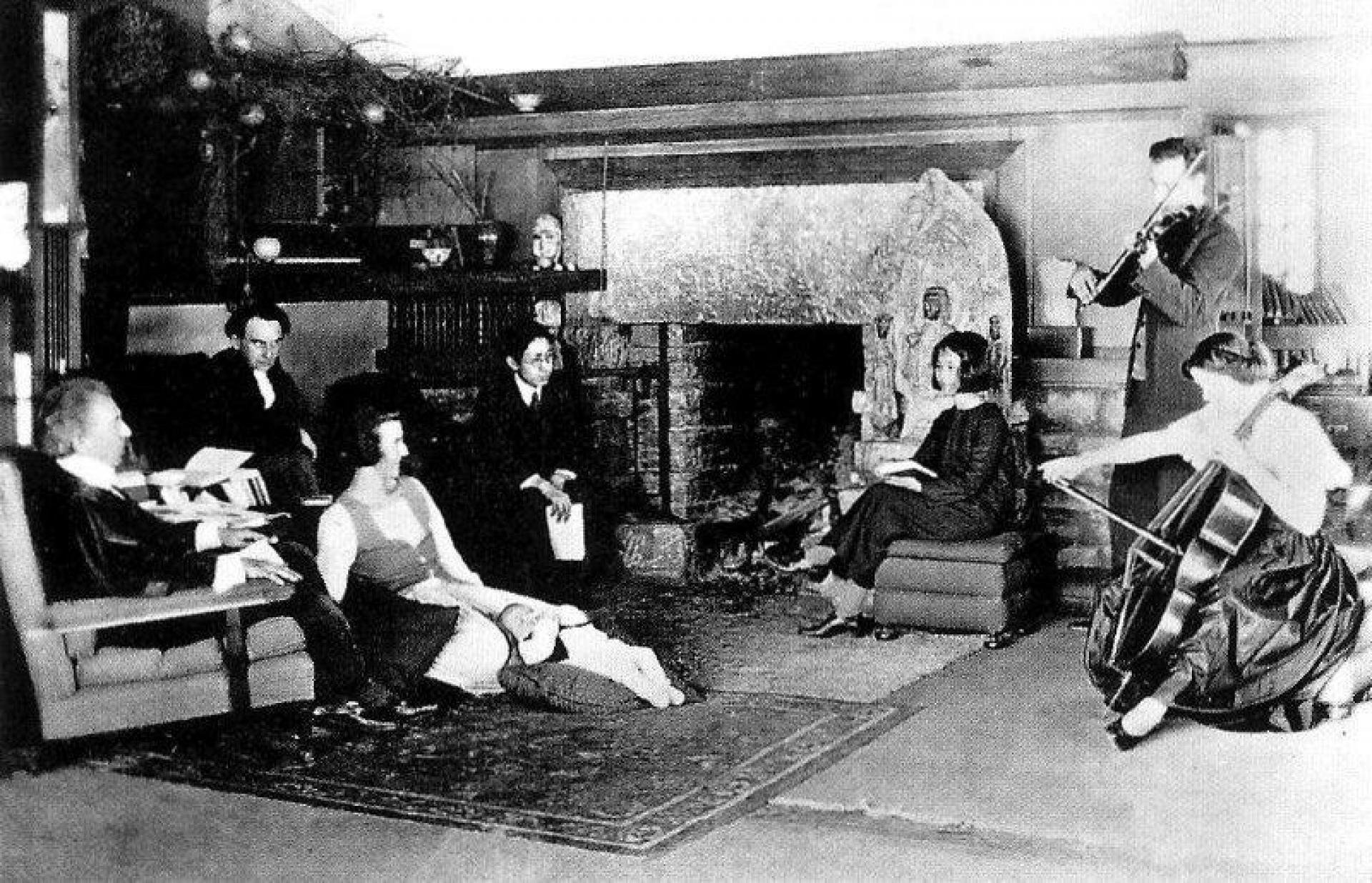
From left Frank Lloyd Wright, Richard Neutra, Sylva Moser, Kameki Tsuchiura, Nobu Tsuchiura, Werner Moser on the violin and Dione Neutra with cello (1924). | From Richard Neutra: Promise and Fulfillment, 1919-1932, p. 52.
Let’s take a closer look at the photo below, taken in Wright’s living room in Taliesin, Wisconsin (1924). The room is packed with some of the greatest architects of the era. But this time we won’t talk about Frank Lloyd Wright or Richard Neutra, neither about the Swiss architect Werner Moser playing the violin. This post begins with the fragile woman in the middle, sitting on the ottoman next to the fireplace. She is Nobuko, the first pioneer we present.
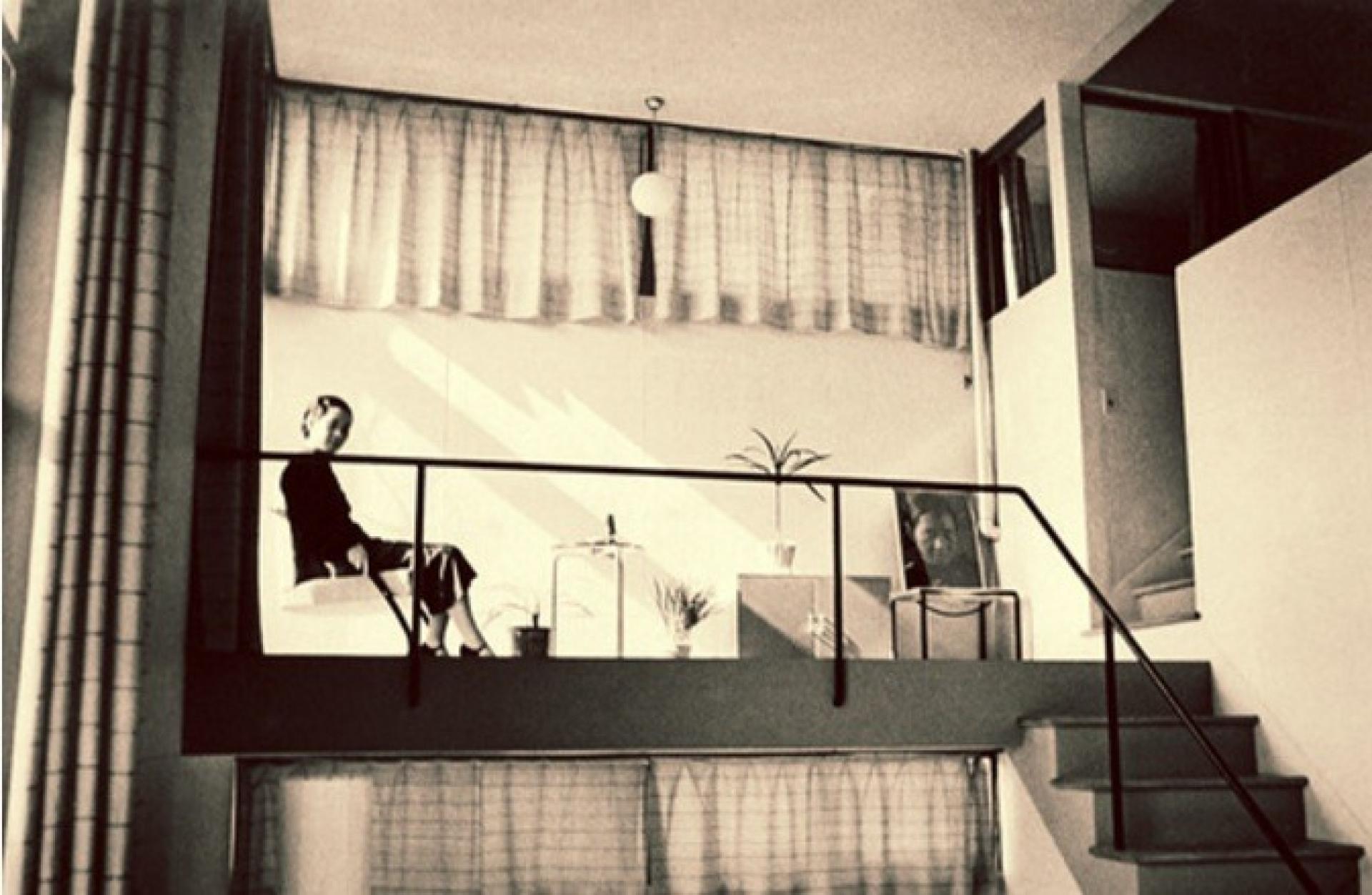
Nobuko Tsuchiura was widely recognized as the first female architect in Japan. She is the wife of architect Kameki Tsuchiura (left, next to Neutra). They both trained with Wright. They came to the United States with Wright and worked for him for two years as draftsmen, and they established their own studio after returning to Japan in 1929. Besides designing homes, they also experimented with furniture design. While their work was strongly influenced by Wright, the Tsuchiuras gradually moved away from the rigidity of Wright’s style toward the new International Style. They designed their home, the Tsuchiura House together, which shows an architects’s mastery. But their mentor, Frank Lloyd Wright expressed disappointment in the Tsuchiuras’ embrace of the new movement, writing in a private letter, “[You have] gone over - with [Richard] Neutra - to the gas pipe rail and damper style … I am sorry to see the poverty of imagination in you …” (from a 1931 letter in the FLWA collection). Despite of Wright’s strong words the art of the couple is still admirable and worth to know about.
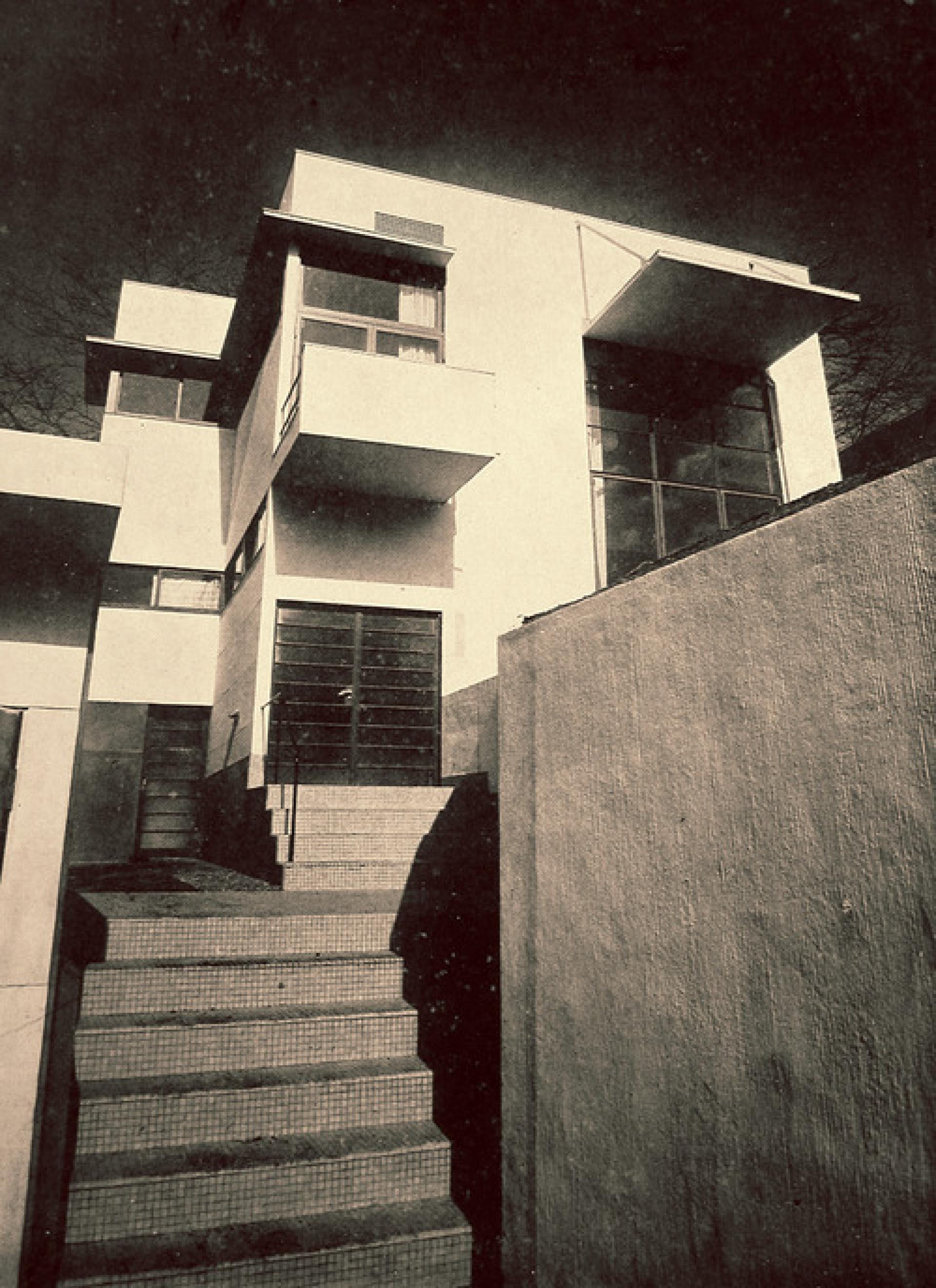
The home of Nobuko and Kameki Tsuchiura. | Friends of the Tsuchiura House
After Nabuko, let’s learn about Henrieta Delavrancea, who was one of the first Romanian women admitted to the Superior School of Architecture in Bucharest. She was one of the most known female architects in Romania and a significant participant of the modernist movement, strongly influencing the “Romanian school” of modern architecture. One of the key elements of her design process was to reinterpret traditional motifs in a modern and functional way. In her Balchik houses, she used stone masonry to mimic the rocky coastline and often featured projecting cornices and large parapets to offer contrast. Because of the unique foundation requirements of building on the coast, she employed corbelling and consoling techniques for support.
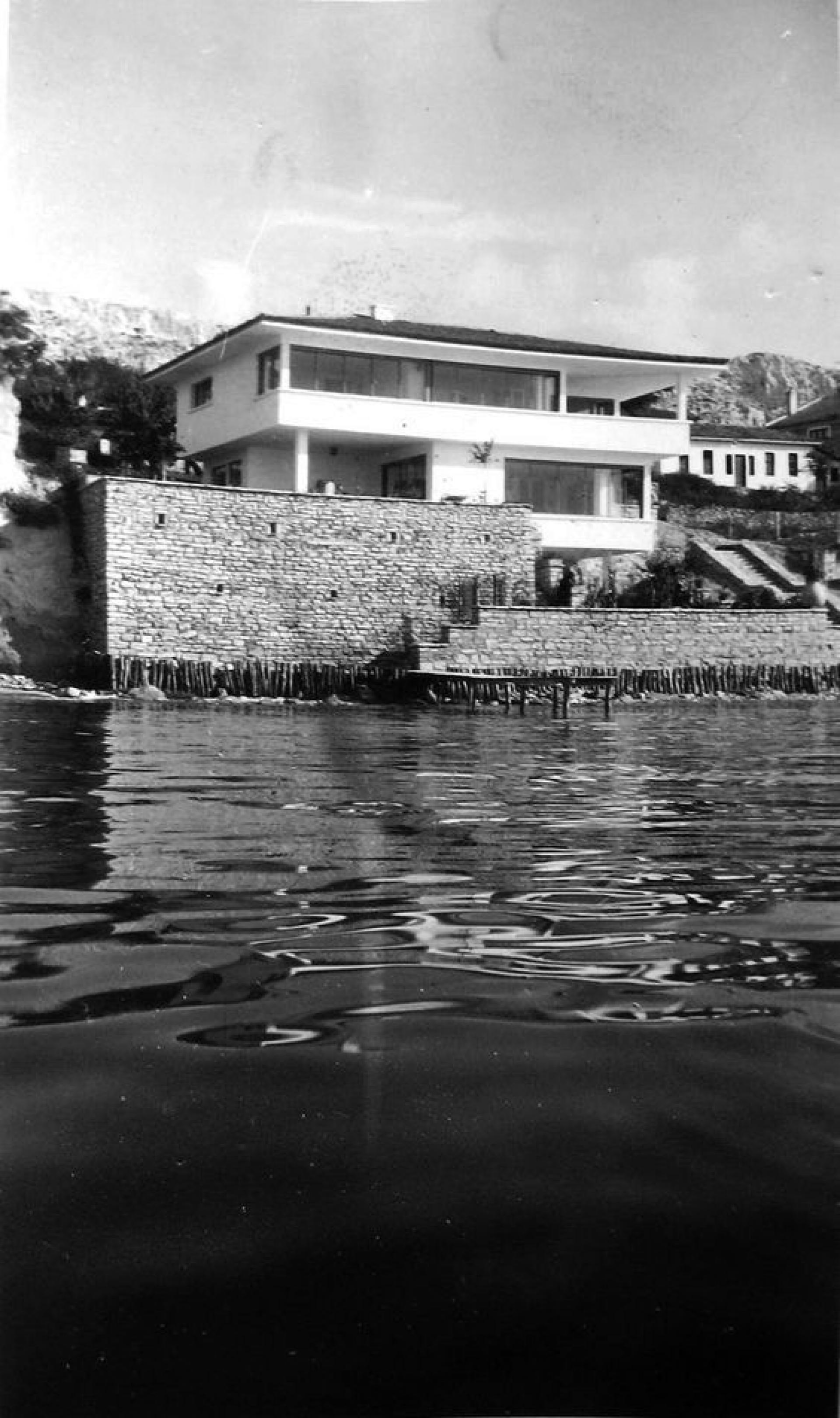
Casa Constantiniu is sadly demolished. | Photo by Răzvan Luscov
The amazing polish woman, Halina Skibniewska was an architect, an urbanist, professor of architecture and state activist. Her projects were mainly modernist with original solutions, including the use of natural greenery. She was one of the first architects in Poland designing living space for people with disabilities.
The first large and at the same time the most important work of Skibniewska was the project of Sady Zoliborskie (1958-72), a settlement considered one of the best residential complexes in post-war Poland, which was realized by working in the Warsaw Housing Cooperative. It was designed by taking into account the possibilities of adapting the living space to the varied and changing needs of tenants.
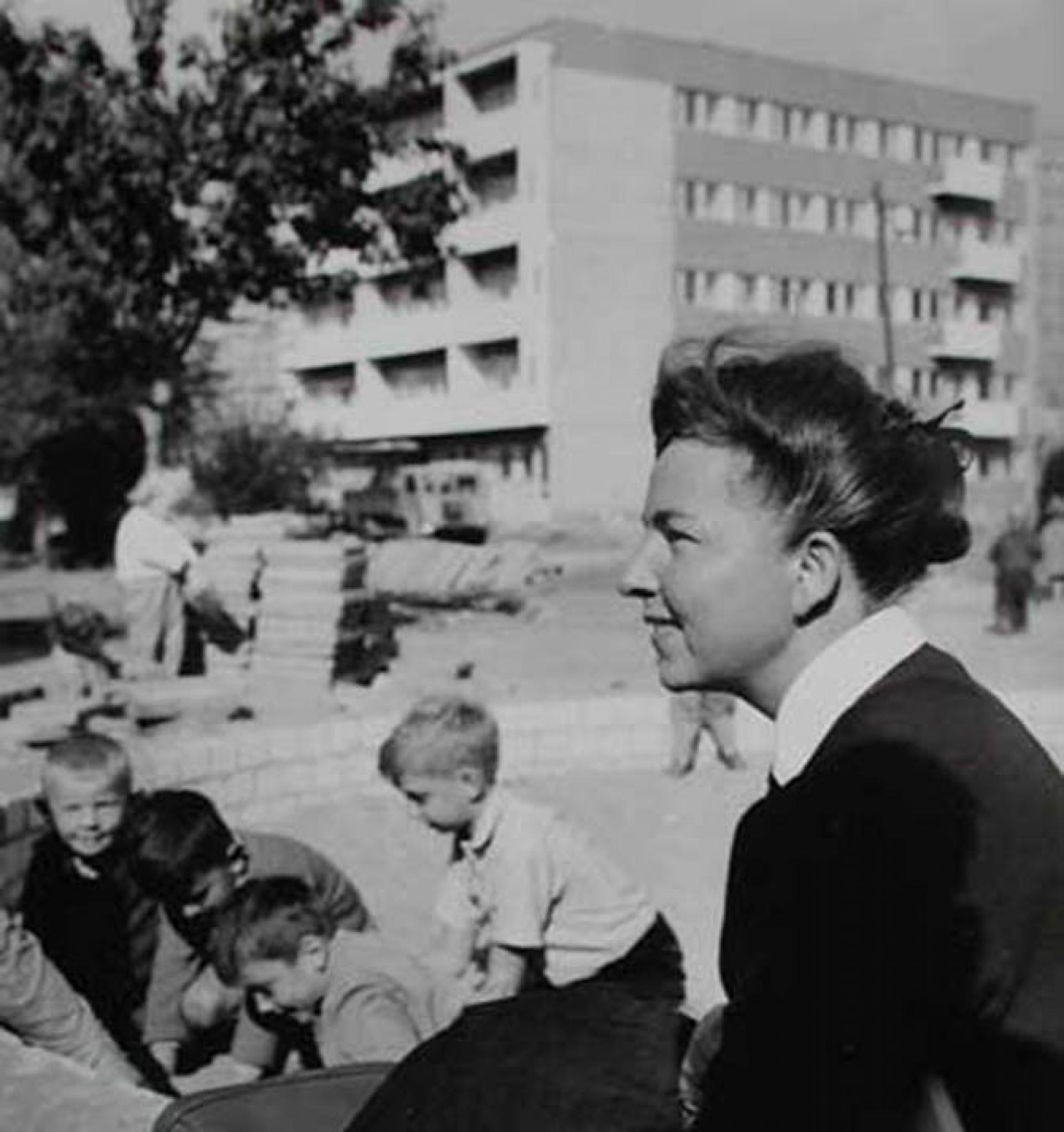
Halina Skibniewska in Sady Zoliborskie. | Photo by Obieg
Mináry Olga was a Hungarian architect. Her oeuvre is characterized by well designed multi-unit residential buildings with exciting spatial organization taking into account the architectural requirements of the era. In 1964 she won, as the first woman, the most prestigious architectural award, the Ybl prize for designing a House in the Obuda experimental housing estate.
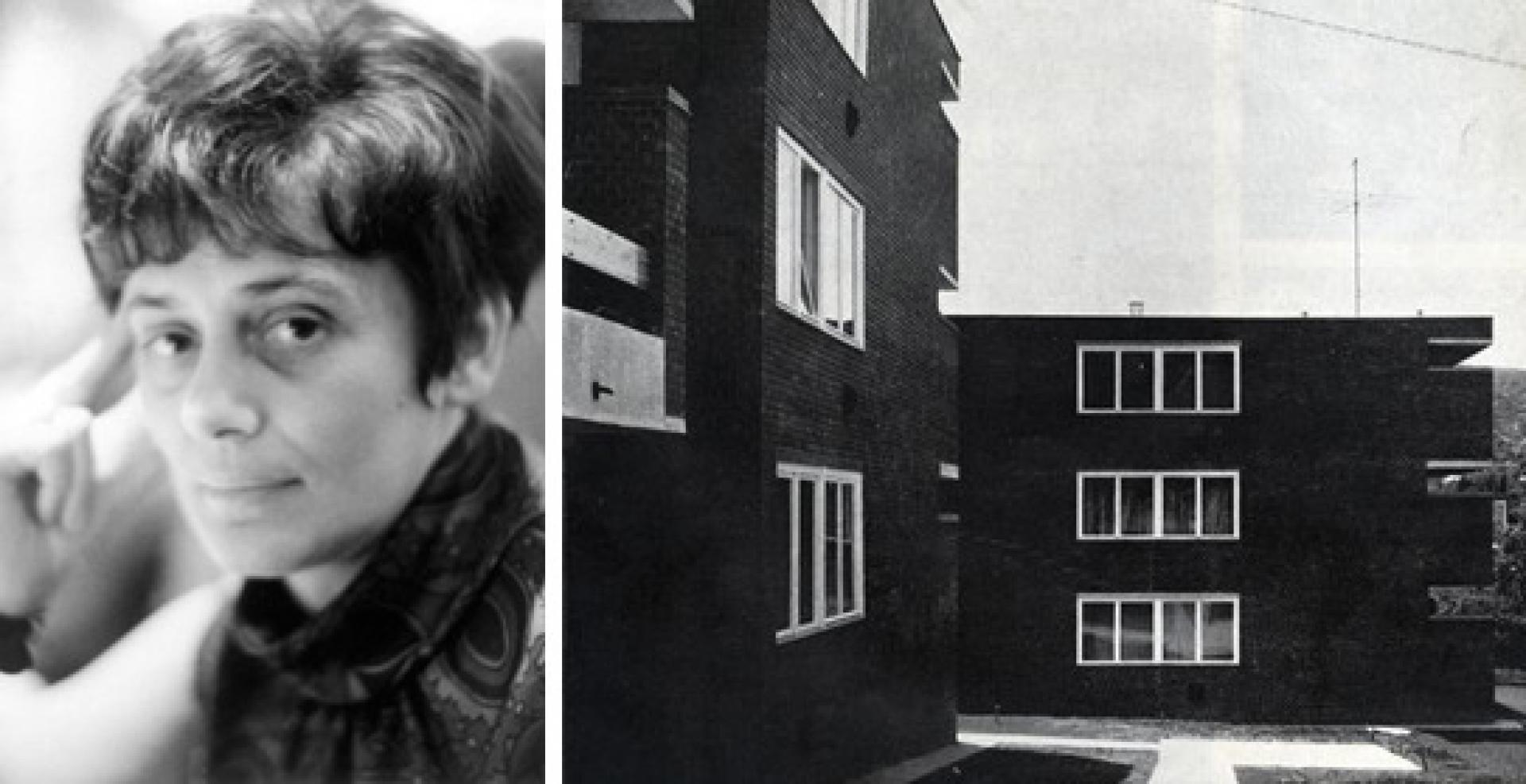
Minary and her house in Obuda. | Photo by Kovács Pál Megyei Könyvtár és Közösségi and Tér Magyar Építőművészet (1974/5)
Lin Huiyin is known to be the first female architect in modern China. Her husband, whom she had known from an early age, was the famed “Father of Modern Chinese Architecture” Liang Sicheng. Liang and Lin began restoration work on cultural heritage sites of China in the post-imperial Republican Era of China; a passion which she would pursue to the end of her life.
Lin and Liang Sicheng both applied and were admitted to the University of Pennsylvania in 1924, where she was also a part-time assistant in the architectural department. Although both of them wanted to enroll into the School of Architecture, Lin, being a woman, was not admitted. Instead, she applied to the School of Fine Arts and later went on to Yale University as a graduate student, pursuing her passion for drama and architecture.
In 1936, while studying ancient Chinese architecture, Lin and her husband climbed the roof of the Temple of Heaven; she thus became the first woman to walk on the emperor’s palace roof.
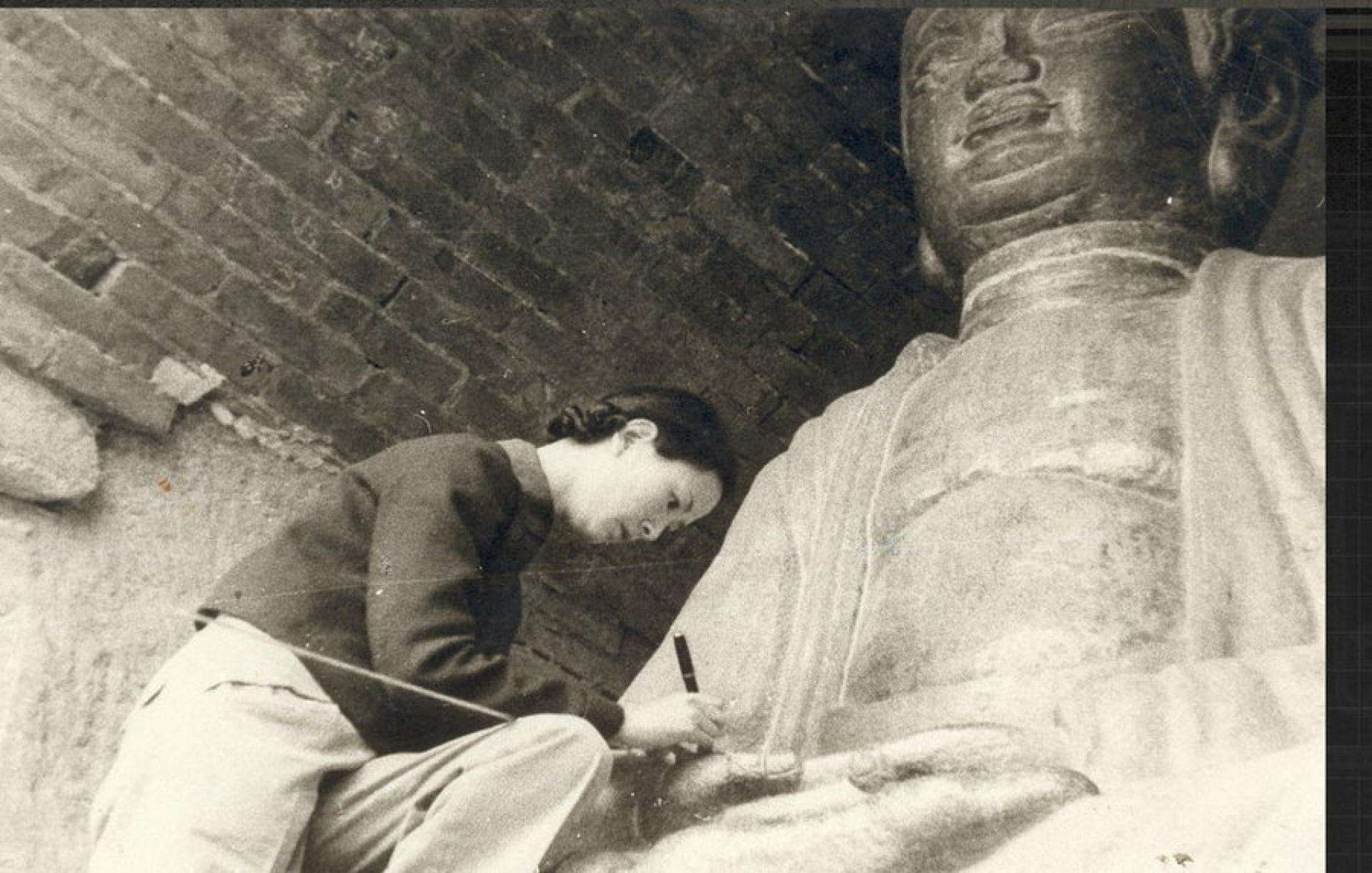
Lin applied to the School of Fine Arts and later went on to Yale University as a graduate student as was not admitted to School of Architecture because she was a woman. | Photo via Women of China
by Maria Thuroczy
